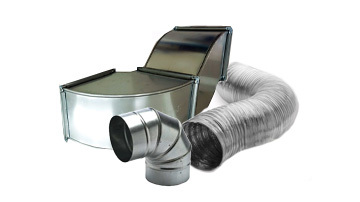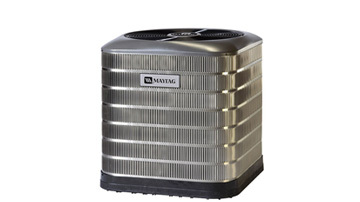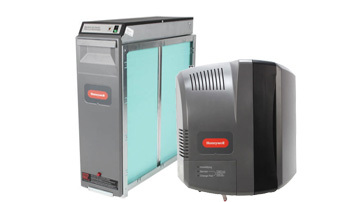Learn about various types of filters, including common terminology and important characteristics.
Learn about various types of filters, including common terminology and important characteristics.Not sure where to start with reading about filters in the AAC textbook? This article will help you get more familiar with filters.

What Is a Filter?
A filter is a circuit capable of passing (or amplifying) certain frequencies while attenuating other frequencies. Thus, a filter can extract important frequencies from signals that also contain undesirable or irrelevant frequencies.In the field of electronics, there are many practical applications for filters. Examples include:
- Radio communications: Filters enable radio receivers to only "see" the desired signal while rejecting all other signals (assuming that the other signals have different frequency content).
- DC power supplies: Filters are used to eliminate undesired high frequencies (i.e., noise) that are present on AC input lines. Additionally, filters are used on a power supply's output to reduce ripple.
- Audio electronics: A crossover network is a network of filters used to channel low-frequency audio to woofers, mid-range frequencies to midrange speakers, and high-frequency sounds to tweeters.
- Analog-to-digital conversion: Filters are placed in front of an ADC input to minimize aliasing.

Four Major Types of Filters
The four primary types of filters include the low-pass filter, the high-pass filter, the band-pass filter, and the notch filter (or the band-reject or band-stop filter). Take note, however, that the terms "low" and "high" do not refer to any absolute values of frequency, but rather they are relative values with respect to the cutoff frequency.Figure 1 below gives a general idea of how each of these four filters works:

